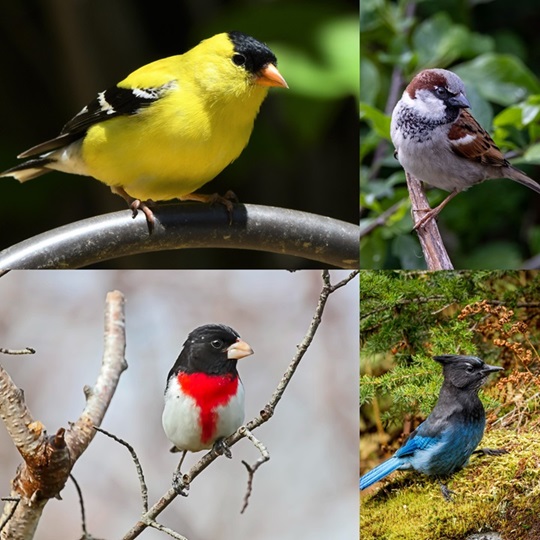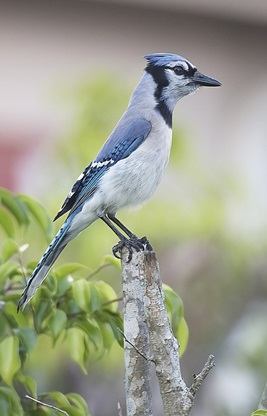
Passeriformes, commonly known as perching birds or songbirds, represent the largest order of birds, encompassing more than half of all bird species distributed around the globe. This remarkable group is characterized by their unique foot structure, which includes three toes facing forward and one toe pointing backward, enabling them to grip branches and other surfaces effectively. In this article, we will explore the fascinating characteristics, ecological roles, and conservation challenges facing this diverse avian order.
Characteristics Of Passeriformes
Physical Traits
Passeriformes vary significantly in size, color, and plumage. From the tiny Short-Tailed Pygmy Tyrant(Myiornis ecaudatus) to the large Common Raven(Corvus corax), this order includes a range of sizes and forms. Most passerines exhibit a generalized body shape, often with a conical bill adapted to their diet, which primarily consists of seeds, fruits, and insects. Their feathers are usually vibrant and patterned, which plays a crucial role in communication and mate selection.
Vocalization And Communication
One of the most defining traits of passerines is their vocal abilities. Many species within this order are renowned for their complex songs and calls, which serve various purposes such as attracting mates, defending territory, and communicating with flock members. The vocal anatomy of passerines includes a specialized organ called the syrinx, allowing for varied and complex sounds. Notable songbirds, like the Common Nightingale(Luscinia megarhynchos) and the American Robin(Turdus migratorius), are celebrated for their melodious tunes, which have inspired literature, music, and poetry throughout history.
Behavior And Social Structures
Passeriformes exhibit a wide range of behaviors and social structures. Many species are solitary, while others are highly social and form large flocks. Nesting behaviors also vary; some birds build elaborate nests, while others might lay their eggs in the nests of other species, a practice known as brood parasitism. Their feeding behavior can be equally diverse, with some species foraging alone or in large groups, depending on resource availability.

Ecological Roles
The ecological importance of Passeriformes cannot be overstated. They play crucial roles in their ecosystems, including:
Pollination And Seed Dispersal: Many passerines facilitate pollination and seed dissemination, thereby contributing to plant diversity and health.
Pest Control: Insectivorous passerines help maintain ecological balance by keeping insect populations in check. This is particularly significant in agricultural areas, where they can reduce pest damage to crops.
Food Web Contributions: As both predators and prey, passerines are integral to food webs, supporting various other wildlife, including mammals and larger birds of prey.

Conservation Challenges
Despite their adaptability and ecological importance, many passerine species face significant threats, largely due to human activity. Habitat loss driven by urbanization, deforestation, and agricultural expansion has led to declining populations and, in some cases, extinction. Additionally, climate change disrupts migratory patterns and food availability, further endangering these birds.
Efforts to conserve passerines involve habitat restoration, protection of critical migration corridors, and raising public awareness. Organizations and researchers continually advocate for policies that protect wildlife habitats and mitigate the impacts of climate change on bird populations.
Conclusion
Passeriformes are not just central to the avian world but also to the health of our ecosystems. Their beauty, complexity, and contributions extend beyond mere observation; they are vital players in the sustainability of our environment. Understanding and protecting these remarkable birds is essential for preserving the biodiversity of our planet and ensuring that future generations can enjoy their songs and presence in the wild. As stewards of the environment, we must champion efforts aimed at conservation and habitat protection to safeguard the future of these incredible creatures.
